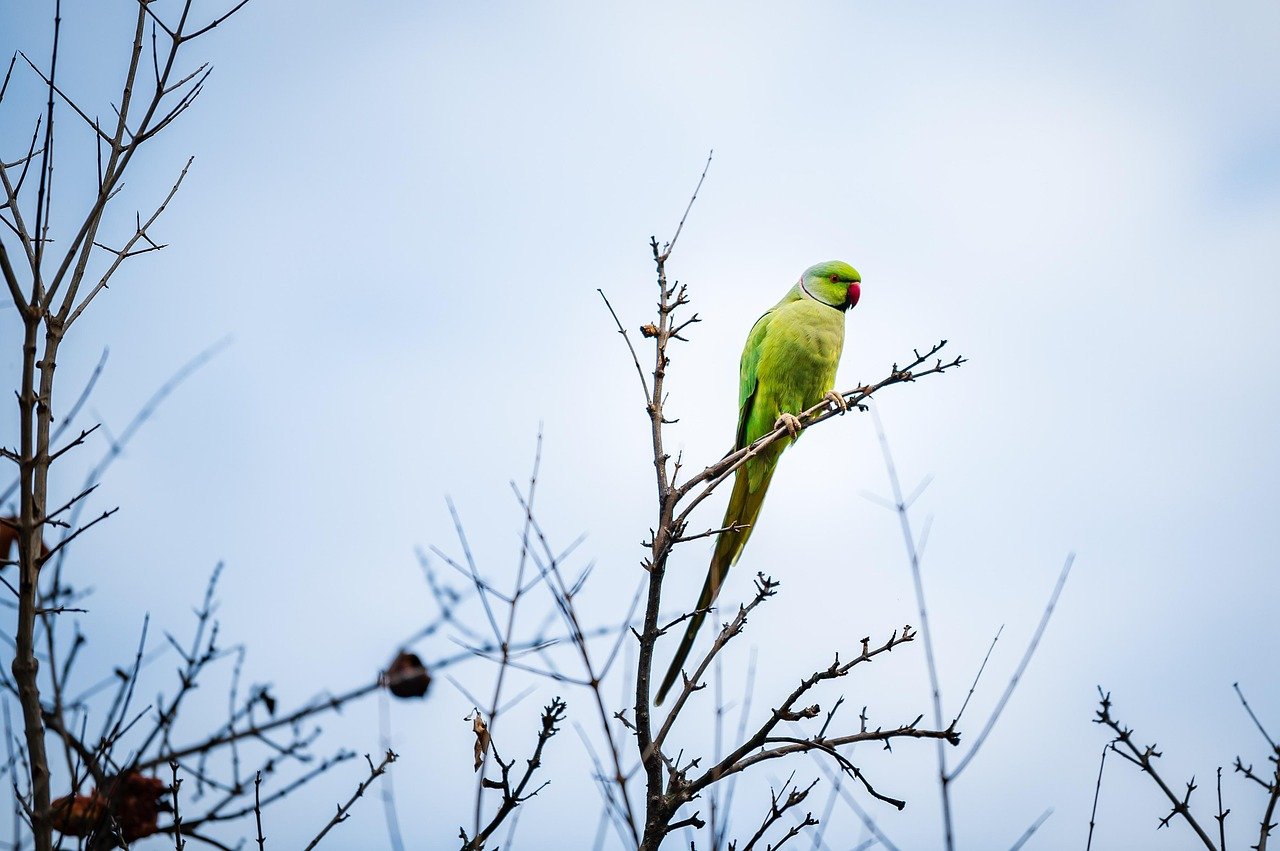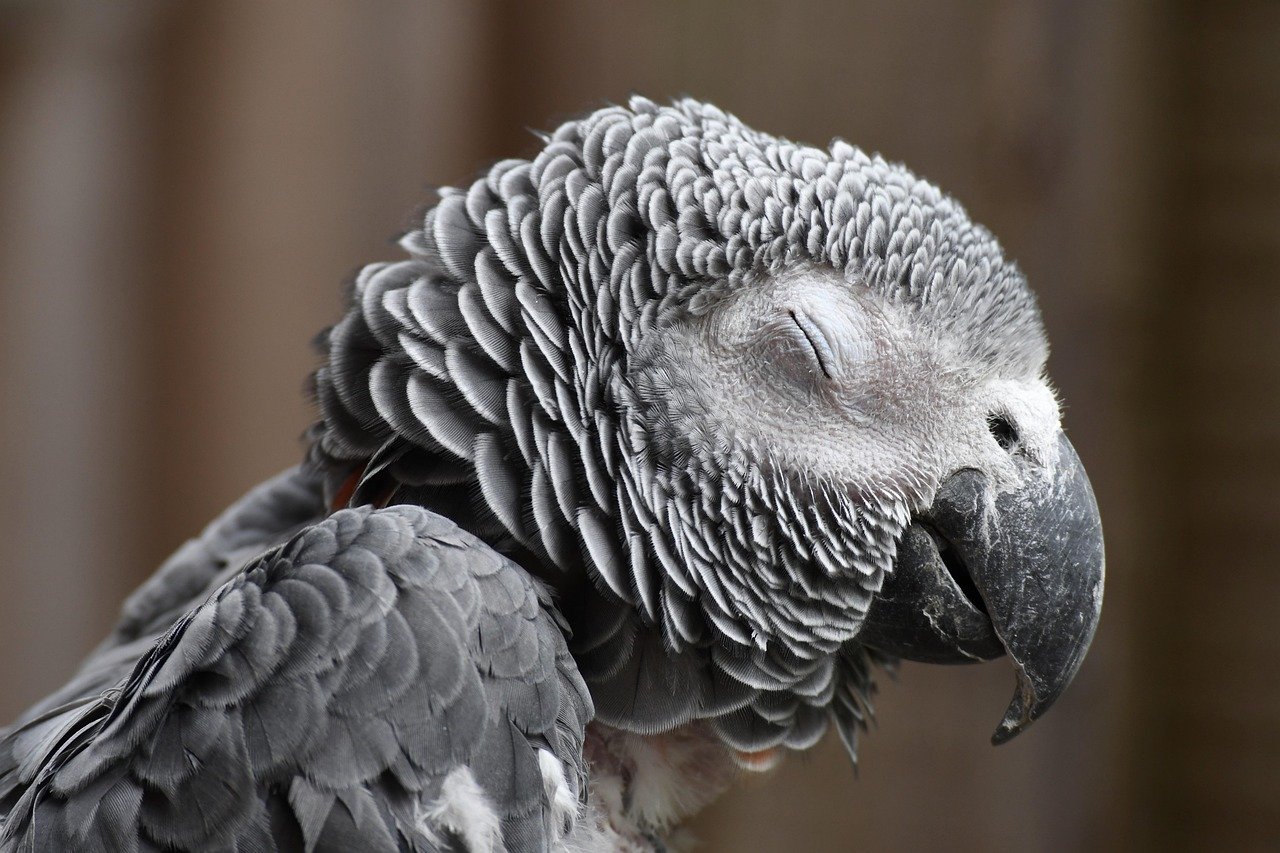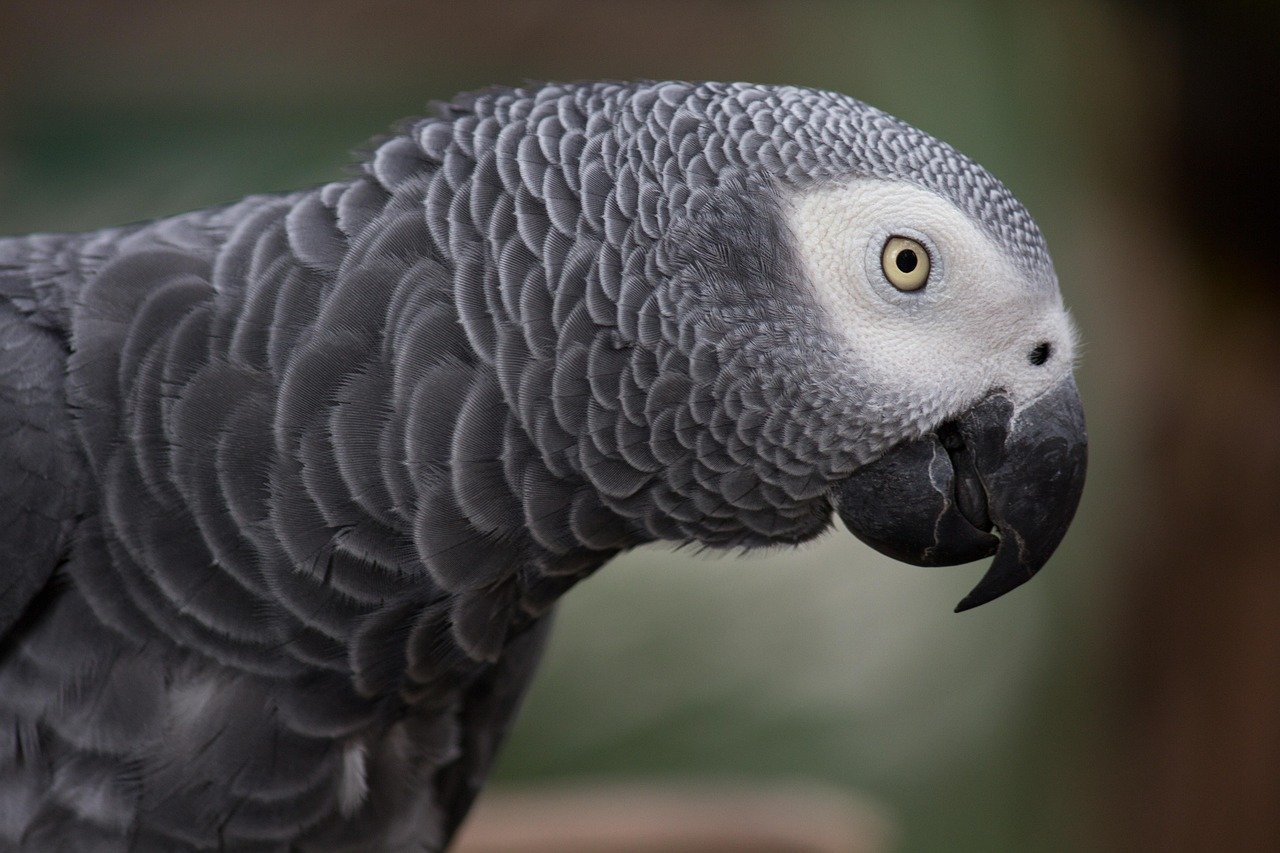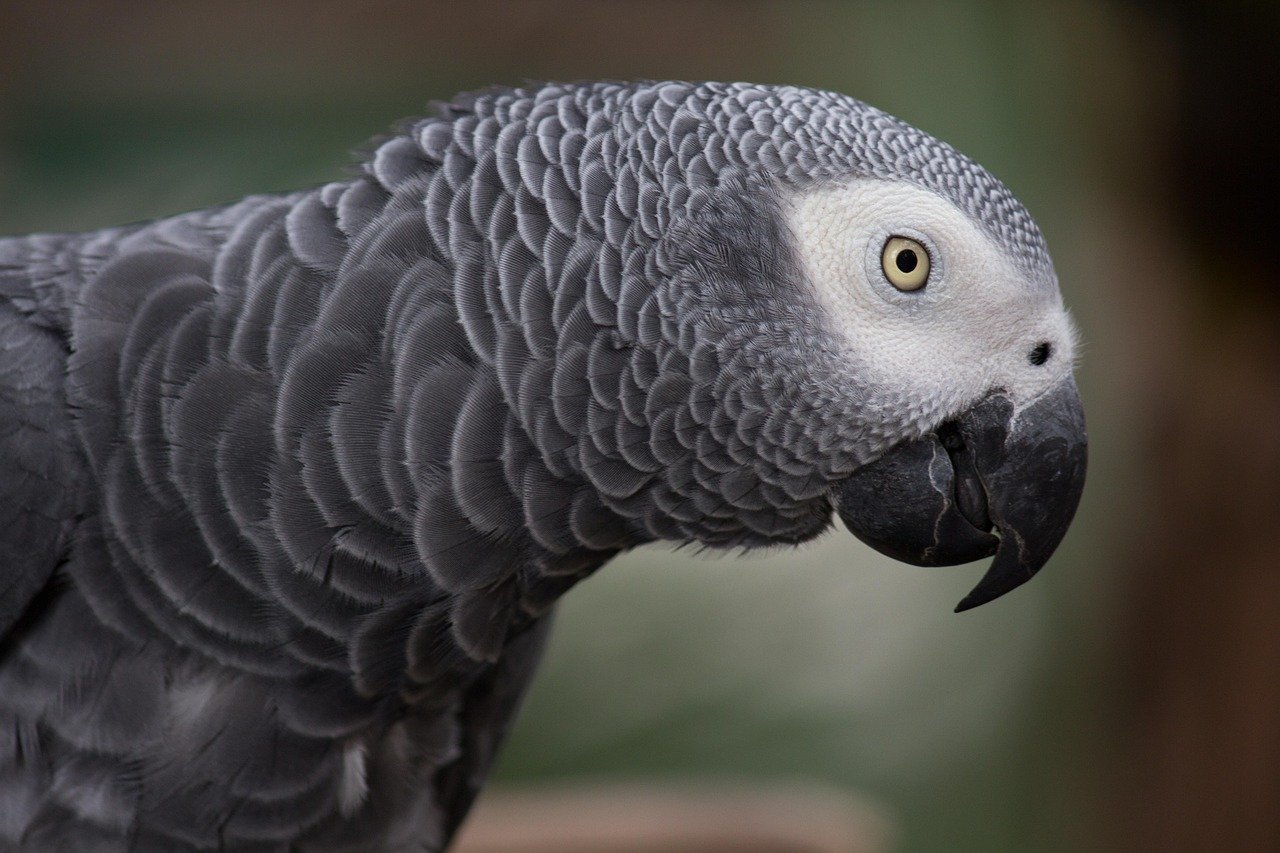Is there anything more breathtaking than watching a parrot soar beneath the open sky, its feathers flashing in the sunlight? For many bird enthusiasts, the dream of free-flying their beloved companion outdoors is both thrilling and terrifying. The idea of giving your parrot the ultimate freedom stirs the heart, but the risks can keep you up at night. If you’re thinking about letting your parrot experience the world beyond your living room, it’s crucial to understand both the wonders and the dangers. Let’s dive into the rollercoaster reality of free-flying parrots outdoors—where the sky isn’t always the limit.
Unmatched Physical Exercise
Allowing a parrot to free-fly outdoors gives them a chance to stretch their wings in ways they just can’t indoors. This kind of exercise is natural and intense, promoting cardiovascular health and muscle development. It’s like the difference between walking on a treadmill and running wild in a field. Parrots that fly freely outdoors often show more agility, stamina, and overall fitness. They burn off excess energy, which can reduce destructive behaviors at home. Many owners notice their birds are happier and more relaxed after a good outdoor flight. Just watching your parrot glide and swoop can be inspiring, reminding us of their wild roots.
Boosted Mental Stimulation

The outdoors is a sensory wonderland for parrots. New sights, sounds, and smells bombard them from every angle, keeping their intelligent minds sharp. This kind of stimulation helps prevent boredom—a major issue for parrots kept indoors. Free-flight exposes them to challenges, like navigating wind currents or dodging obstacles, that engage their problem-solving skills. You might even see your parrot invent new games or show off clever maneuvers. All of this mental activity can lead to a more alert, curious, and emotionally healthy bird. It’s like sending a child to the world’s biggest playground.
Deepened Bond Between Bird and Owner
Training a parrot to free-fly outdoors is not for the faint of heart. It requires hours of trust-building, recall training, and patience. But the reward is a bond that feels unbreakable. When your parrot chooses to return to your arm after exploring the sky, it’s a powerful moment of connection. Owners often describe a sense of teamwork, almost like being partners in a dance. The training process deepens mutual understanding and respect. This shared adventure can make the relationship with your parrot richer and more rewarding. It’s a feeling you can’t get from a simple cage interaction.
Increased Risk of Predators
The great outdoors is not just beautiful—it’s also dangerous. Hawks, falcons, and other predators see a free-flying parrot as a potential meal. Even in urban areas, cats and other animals pose a serious threat. This reality can be terrifying for owners. Some have lost beloved birds to predators in mere seconds, despite all precautions. No matter how well-trained your parrot is, you can’t control every variable outside. The risk of predation is one of the biggest reasons many owners choose to keep their birds safely indoors. It’s a harsh truth: the sky can be both a playground and a hunting ground.
Potential for Accidental Escape

No matter how strong the recall training, accidents happen. A sudden loud noise, a gust of wind, or even another bird can startle your parrot and cause them to fly out of sight. Once a parrot is lost, recovering them can be incredibly difficult, especially since they may not know how to survive in the wild. Some birds are never found. The heartbreak of losing a feathered friend this way is devastating. Even with tracking devices and training, there’s always a chance your bird won’t come home. That risk is enough to make any bird lover’s heart race with worry.
Opportunity for Socialization
Free-flying outdoors can let your parrot meet other birds in a controlled environment. Some owners organize group flights, where parrots can interact and learn from each other. This can help your bird develop confidence and social skills, much like a child learning to make friends at the playground. Seeing other birds in flight may also encourage yours to experiment and grow. However, there’s always a risk of negative encounters, so supervision is key. Done right, though, outdoor socializing can be incredibly enriching for your feathered companion.
Exposure to Environmental Dangers
The outside world is full of hidden dangers for parrots. Toxic plants, pesticides, electrical wires, and cars are just some of the hazards lurking beyond your backyard. Even something as simple as a storm rolling in can spell disaster. Some parrots may be tempted to chew on unsafe objects or land in dangerous places. Owners need to be constantly vigilant, scanning for threats you might never notice otherwise. This relentless watchfulness can be exhausting, making outdoor free-flight a high-stakes activity.
Natural Sunlight and Fresh Air

There’s no substitute for the benefits of real sunlight and clean air. Natural sunlight provides vitamin D, vital for a parrot’s health and well-being. Indoors, artificial lighting just can’t compare. Free-flying outdoors lets your parrot soak up the sun, breathe fresh air, and feel the wind beneath their wings. These experiences can boost their immune system and improve their mood. Many people notice their parrots’ feathers look shinier and healthier after regular outdoor flights. It’s a chance for your bird to feel truly alive.
Legal and Community Concerns
Not all neighborhoods—or neighbors—are happy about free-flying parrots. Local laws may restrict outdoor flying, or require permits. Some people worry about noise, droppings, or potential damage to property. There’s also the risk of your parrot frightening someone, especially children or those unfamiliar with birds. Navigating these community concerns can be tricky. Before letting your parrot take to the skies, it’s important to research local regulations and chat with your neighbors. Respecting the rules and the people around you is just as important as training your bird.
Demanding Commitment and Training

Free-flying a parrot isn’t something you can do on a whim. It demands serious time, energy, and emotional investment. Training your bird for safe, reliable recall can take months—or even years. You’ll need to keep up with ongoing practice, even after your parrot is skilled. The commitment doesn’t end once your bird is in the air; you must always be alert and ready for the unexpected. This lifestyle isn’t for everyone, and it’s okay to admit that. But for those who are passionate and prepared, the rewards can be nothing short of magical.
Free-flying your parrot outdoors can be an incredible bonding experience—and a thrilling taste of freedom for your bird—but it’s definitely not for the faint of heart. Between the risks of predators and getting lost, and the rewards of exercise and mental stimulation, it’s all about careful training and trust. If you’re up for the commitment, it can be deeply rewarding. Just be sure to weigh the pros and cons and always put your parrot’s safety first.

Born and bred in South Africa, a Capetonian at heart. Amy-Leigh’s love for nature and animals was inherited from her Dad. He loves taking the family on road trips to experience nature at its finest; Amy-Leigh’s favourite being whale watching in Hermanus and spotting Kudu along the West Coast. Amy-Leigh holds a BA in English Literature and Communication Studies.






